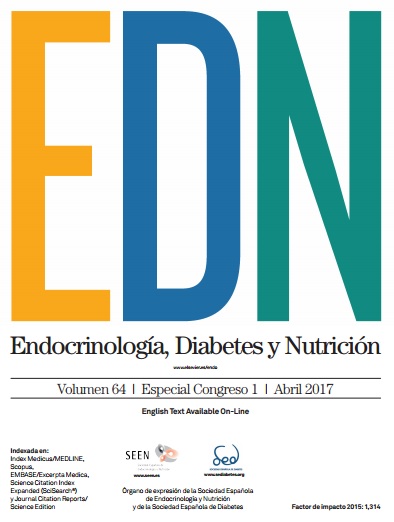O-027 - Hyperactivation of mTORC1 in pancreatic β cells overexpressing human amylin cause a blockade in autophagic flux and connect with neuronal damage
aFacultad de Farmacia, Universidad Complutense de Madrid, Madrid. bLilly España, Madrid.
Type 2 diabetes mellitus (T2DM) is a very complex disease and it is considered epidemic in the world. Insulin resistance and pancreatic β cell dysfunction are considered to be the main contributors for the development to T2DM. As a consequence, β-cells compensate increasing its number and size in order to secrete more insulin and amylin. Increased mTORC1 signaling in β cells is commonly found along T2DM progression, leading to an increase of endoplasmic reticulum stress (ER-stress) and an accumulation of these proteins inside the cell. Recent data indicate that autophagy pathway protects from human amylin-induced proteotoxicity. In collaboration with Ana Novial´s lab, we have observed that pancreatic β cells overexpressing human amylin (INS1E-hIAPP) present a blockade in autophagic flux, probably by its basal hyperactivation of mTORC1 signaling. This hyperactivation could be reverted by resveratrol or rapamycin treatment. In response to an ER-stress inducer (thapsigargin), INS1E-hIAPP presented a higher susceptibility to cell death compared with INS1E WT and INS1E-rIAPP. We have observed that INS1E-hIAPP cells present an altered mitochondrial dynamics, affecting mainly to the mitochondrial fusion machinery. Our data clearly indicates that in INS1E-hIAPP exists a huge decrease in mitofusin 1 (MFN1) and OPA1 protein levels. In addition, there is a maintenance of DRP1, involved in mitochondrial fission. Our data point to that, as consequence of the hyperactivation of mTORC1 signaling, probably due to the increased ROS activity observed in hIAPP-overexpressing cells, there is a blockade in autophagic flux. These cells present an increased susceptibily to cell death in response to an ER stressor, such as thapsigargin. In order to analyze the connection between pancreatic β cells and neuron-like cells, we collected the conditional media (CM) for 48h from INS1E WT; rIAPP and hIAPP and submitted these media to the neuroblastoma cell line (SHSY5Y). Under these conditions, we observed an increased in cell death in SHSY5Y cells when there were incubated with the CM obtained from the INS1E-hIAPP. Using the same conditions, we detected an increased in ER-stress (Bip, phospho-eIF2-alpha) as well as an increased in cell death, analysed by crystal violet staining and cleaved caspase-3 detection. It is interesting that we observed an increased in LC3B-II protein levels in SHSY5Y treated with the CM from INS1E-hIAPP and we observed a decreased in cell survival as well as an increased in ER-stress and in autophagy levels in SHSY-5Y neuroblastoma cells, specifically in those incubated with supernatant from the INS1E-hIAPP. In summary, our data indicates that hIAPP overexpression in β cells increased mTORC1 signaling in pancreatic beta cells and, as consequence, could facilitate a new molecular link of this damage to neuronal cells.







